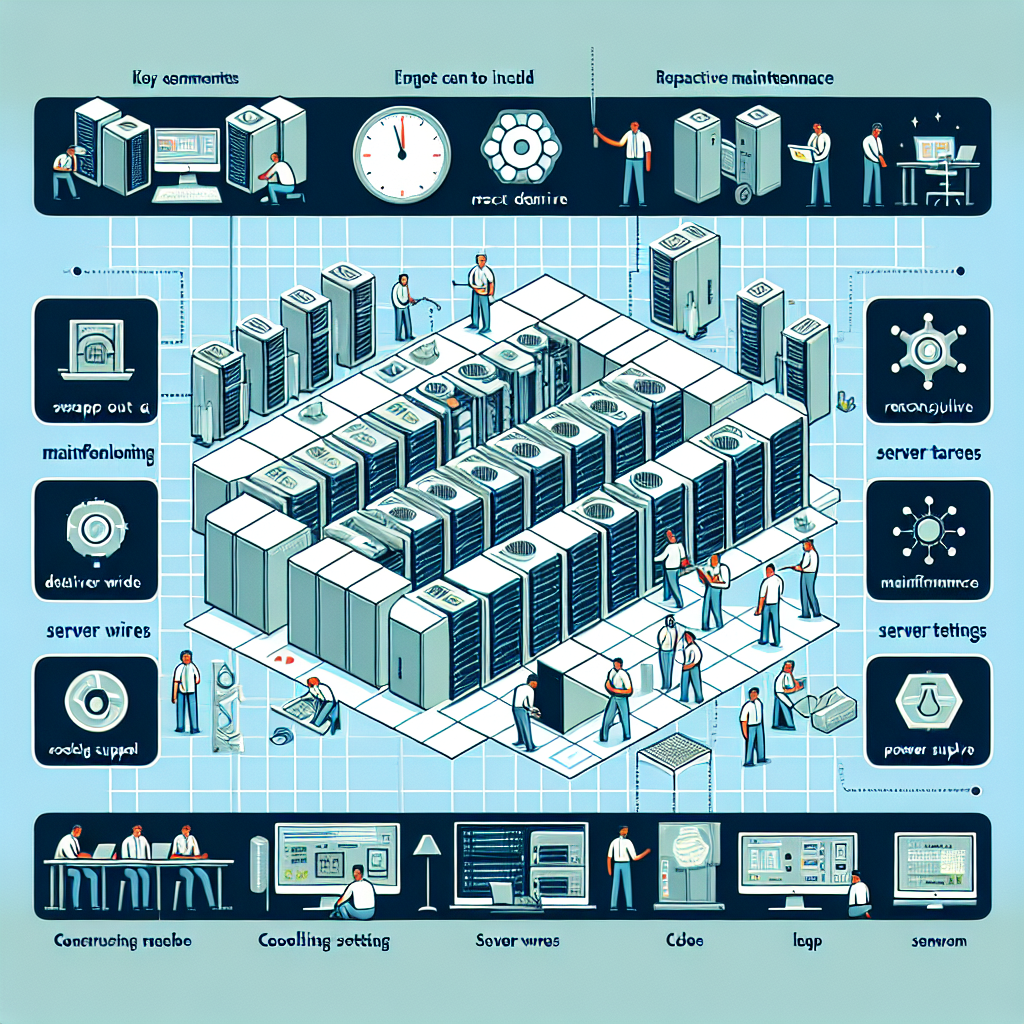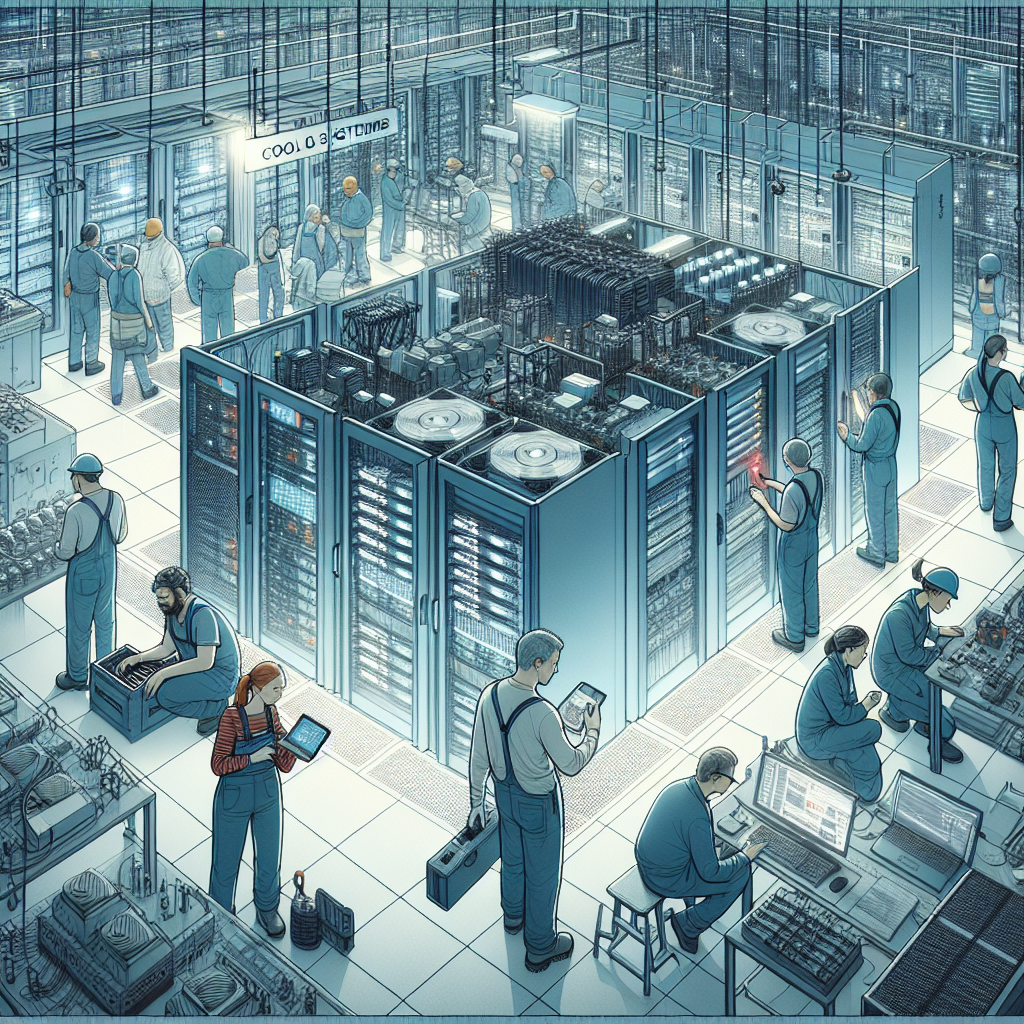Data centers are the backbone of modern businesses, providing the infrastructure necessary to store, manage, and process large amounts of data. However, data centers are also vulnerable to various challenges that can disrupt operations and lead to costly downtime. One of the most common challenges in data center maintenance is reactive maintenance, which involves addressing issues as they arise rather than proactively preventing them. In this article, we will explore some of the top challenges in data center reactive maintenance and discuss solutions to mitigate them.
Challenge 1: Downtime
Downtime is one of the most significant challenges in data center maintenance, as it can result in lost revenue, reduced productivity, and damage to a company’s reputation. Reactive maintenance increases the risk of downtime, as issues are only addressed after they have already caused disruptions. To reduce downtime, data center operators should implement a proactive maintenance strategy that includes regular inspections, preventive maintenance, and predictive analytics to identify potential issues before they escalate.
Solution: Implementing a proactive maintenance strategy can help reduce downtime and prevent costly disruptions. By conducting regular inspections, monitoring equipment performance, and implementing preventive maintenance measures, data center operators can identify and address potential issues before they impact operations. Additionally, predictive analytics can be used to forecast equipment failures and schedule maintenance activities proactively, further reducing the risk of downtime.
Challenge 2: Equipment Failure
Equipment failure is another common challenge in data center maintenance, as aging infrastructure, lack of maintenance, and environmental factors can contribute to the deterioration of equipment over time. Reactive maintenance can exacerbate equipment failures, as issues may not be addressed until they have already caused damage or disruptions. To prevent equipment failures, data center operators should invest in regular maintenance, equipment upgrades, and monitoring systems to ensure the health and performance of their infrastructure.
Solution: Regular maintenance is essential to prevent equipment failures and prolong the lifespan of data center equipment. By conducting routine inspections, cleaning, and servicing, data center operators can identify and address potential issues before they lead to equipment failures. Additionally, investing in monitoring systems that track equipment performance and alert operators to anomalies can help prevent failures by enabling proactive maintenance actions.
Challenge 3: Cost
Reactive maintenance can be costly, as it often involves emergency repairs, downtime, and unplanned expenses. Without a proactive maintenance strategy in place, data center operators may find themselves spending more money on reactive maintenance than they would on preventive measures. To reduce costs, data center operators should prioritize preventive maintenance, invest in monitoring systems, and implement cost-effective maintenance strategies to optimize their maintenance budgets.
Solution: By implementing a proactive maintenance strategy, data center operators can reduce the overall cost of maintenance by preventing costly repairs and downtime. Preventive maintenance activities, such as regular inspections and servicing, can help identify and address issues before they escalate, reducing the need for emergency repairs. Additionally, investing in monitoring systems that track equipment performance and alert operators to potential issues can help optimize maintenance budgets by enabling targeted maintenance actions.
In conclusion, data center reactive maintenance presents various challenges that can disrupt operations, increase costs, and lead to downtime. By implementing a proactive maintenance strategy that includes regular inspections, preventive maintenance, and monitoring systems, data center operators can mitigate these challenges and ensure the health and performance of their infrastructure. By prioritizing proactive maintenance, data center operators can reduce downtime, prevent equipment failures, and optimize their maintenance budgets, ultimately improving the reliability and efficiency of their data centers.









